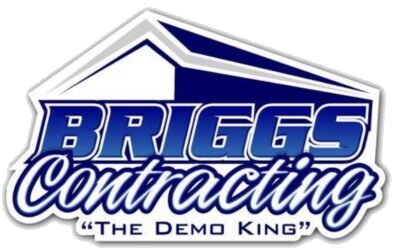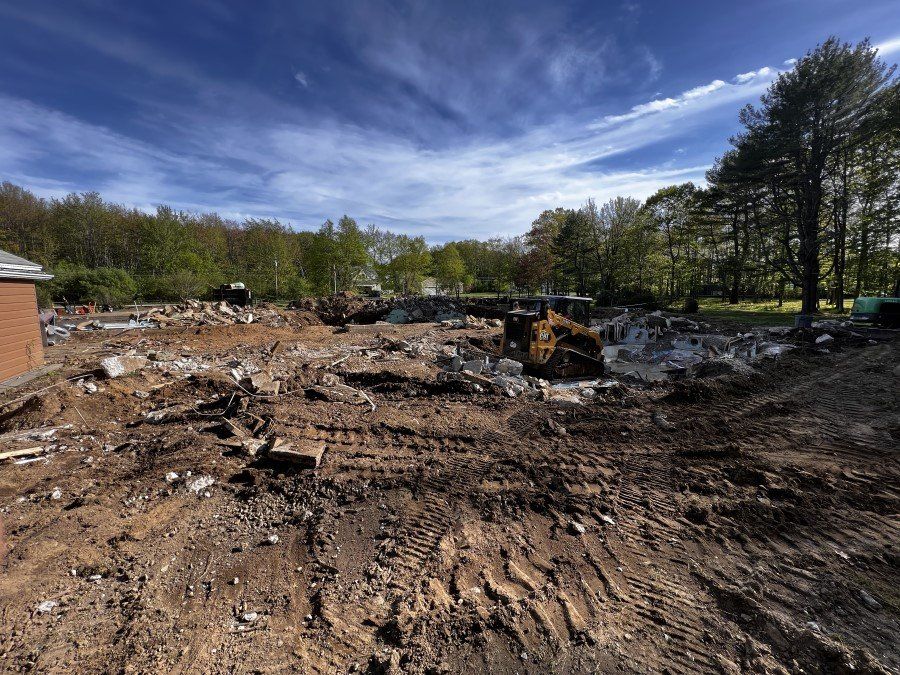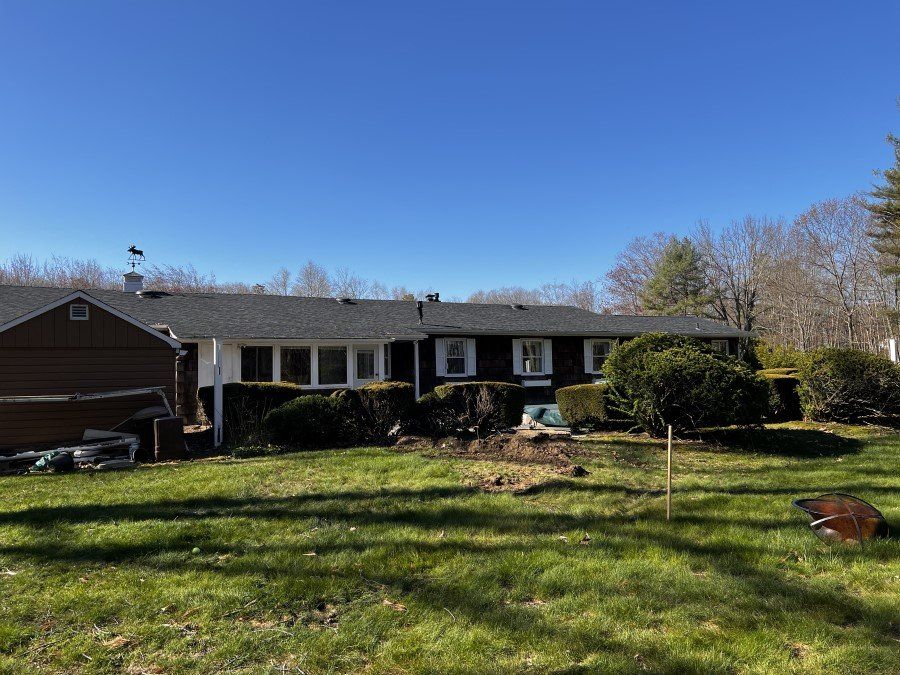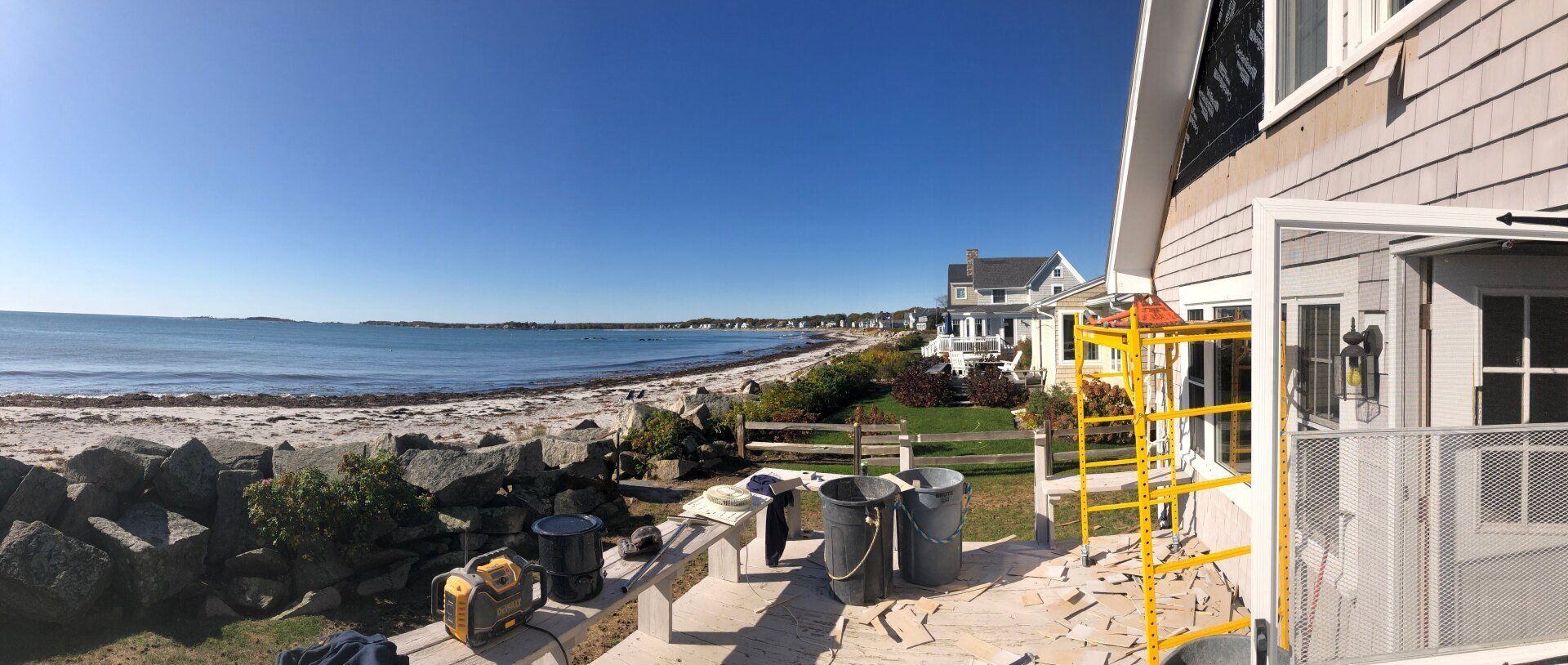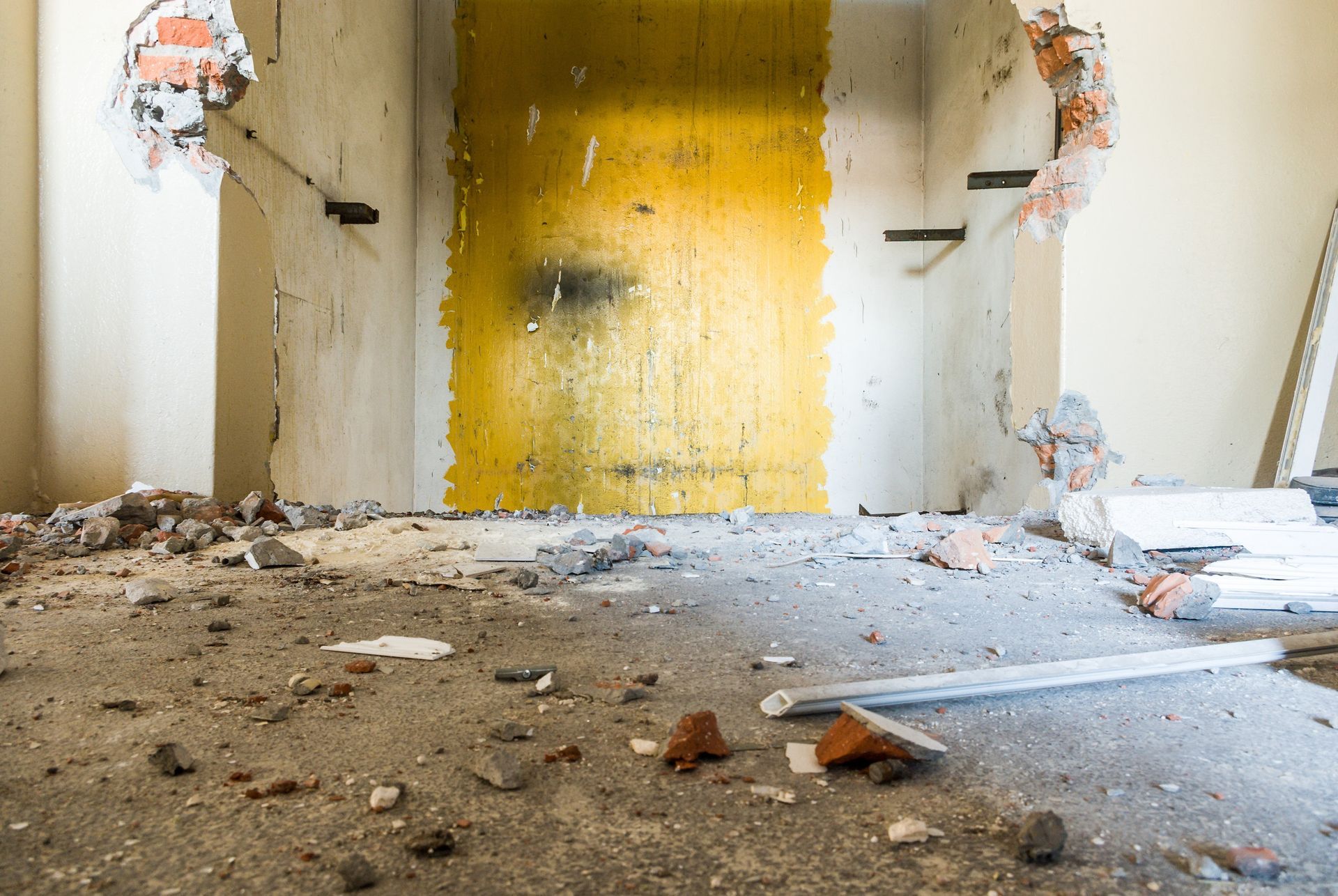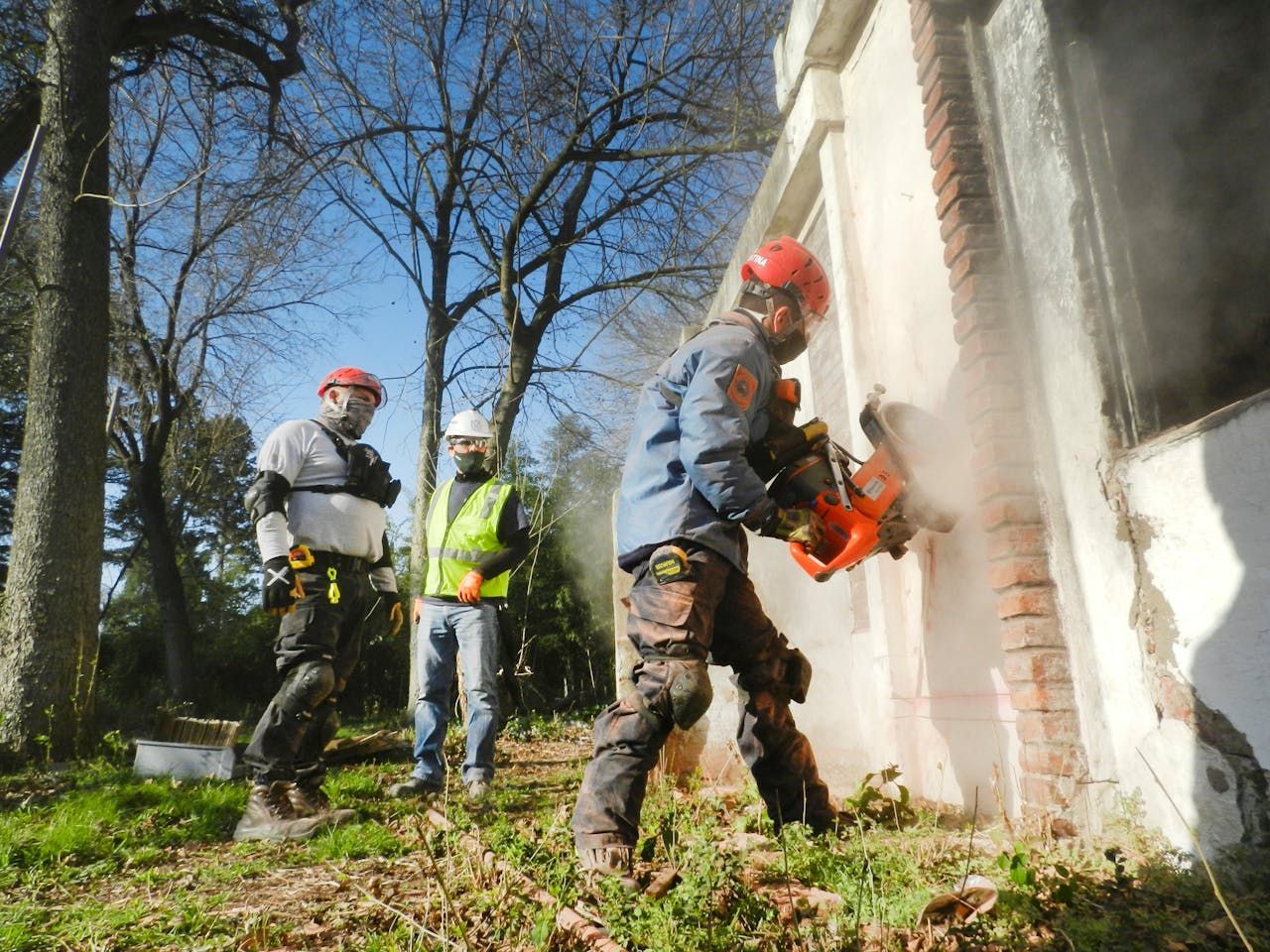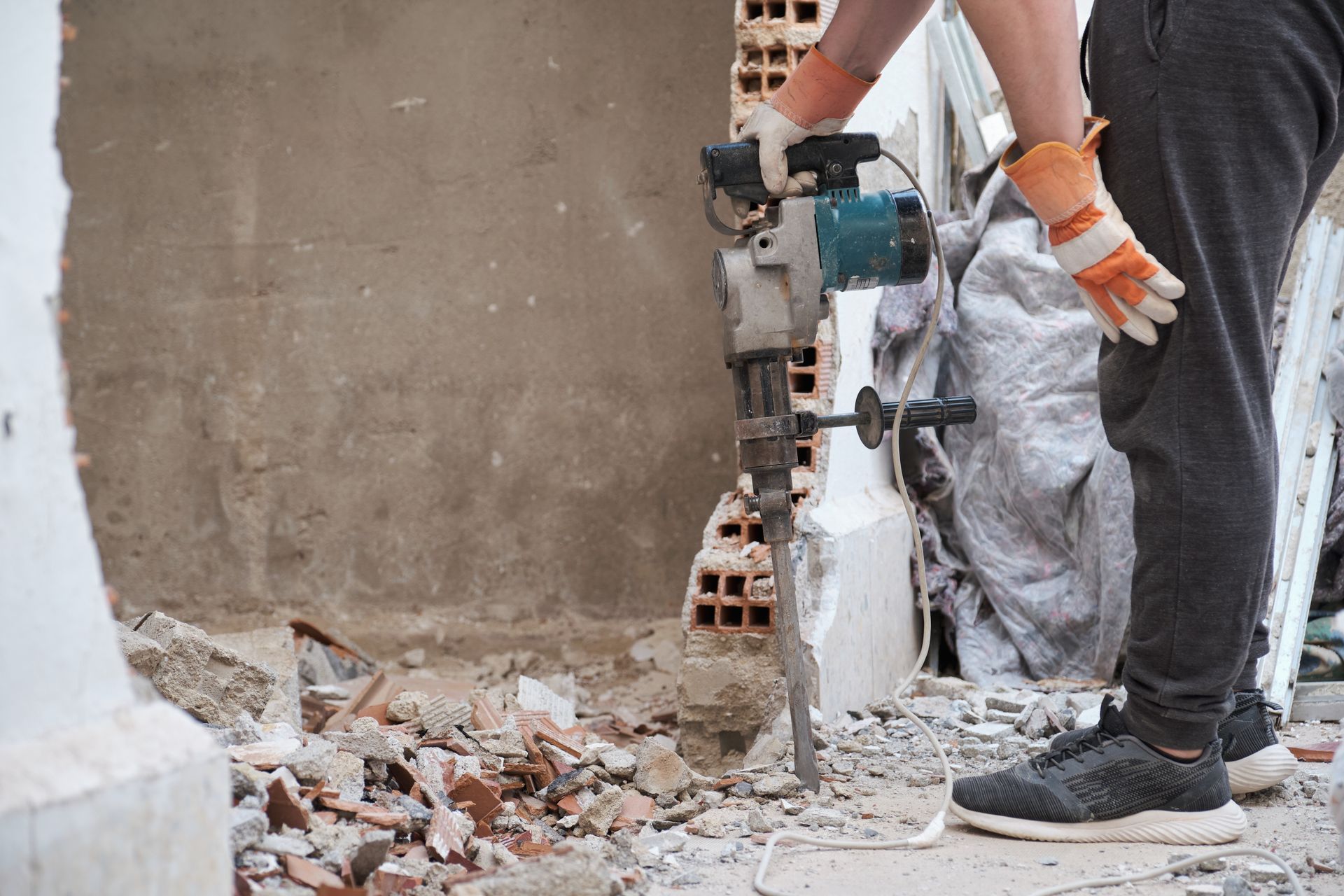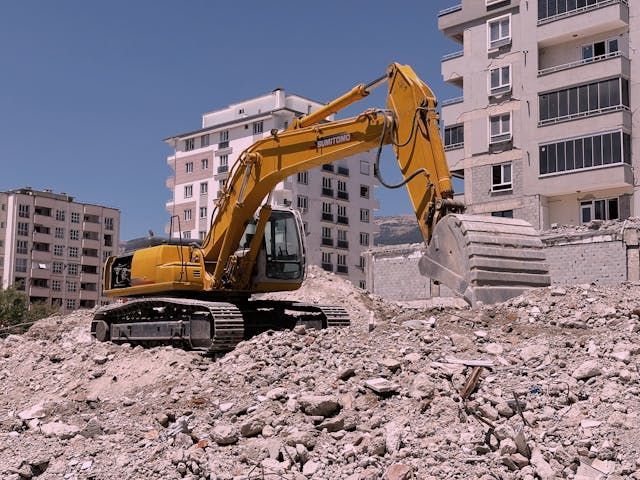Key Factors in Planning a Safe Interior Demolition Project
Planning an interior demolition project? Start here.
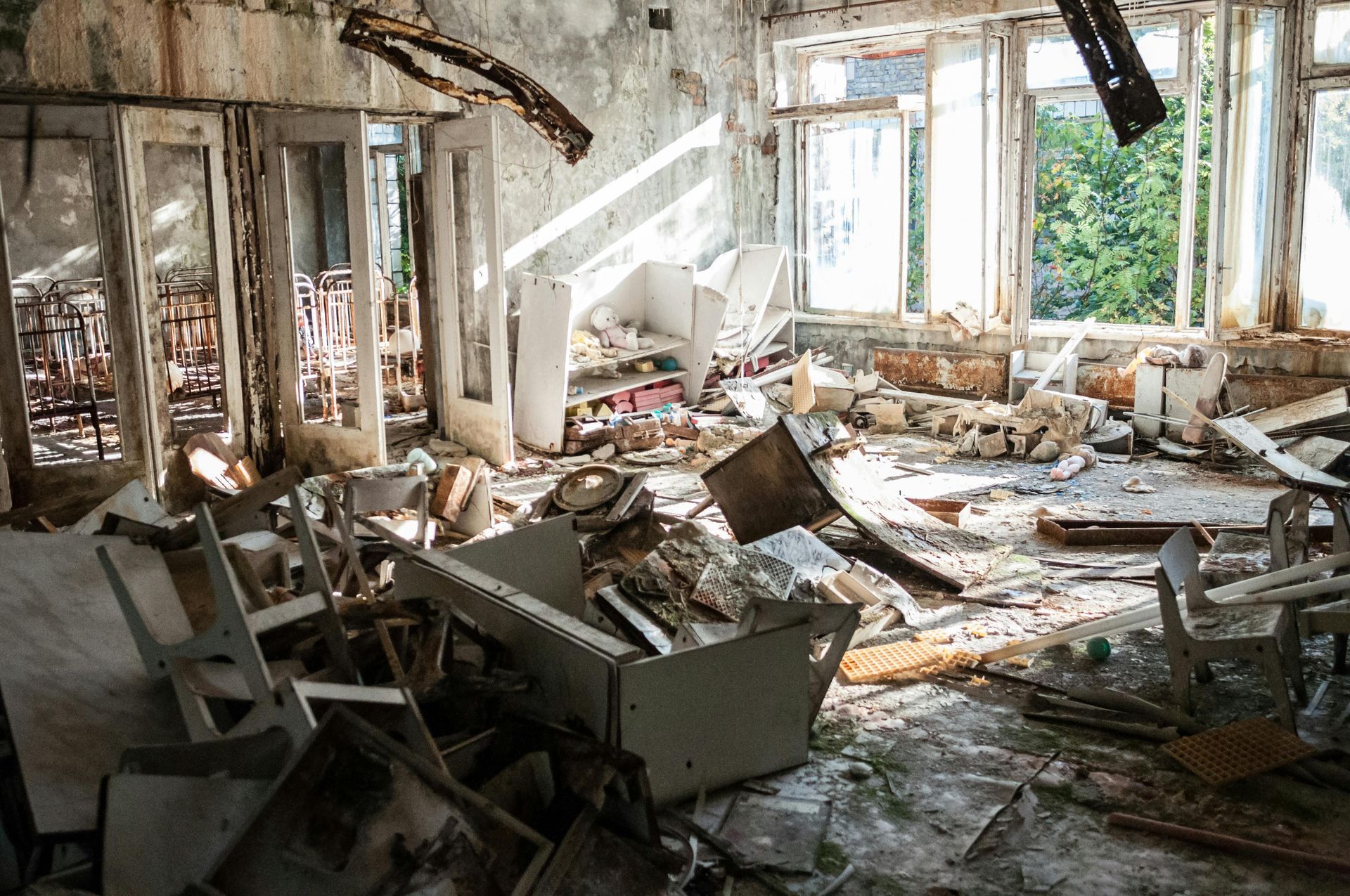
Whether it's clearing out old office spaces for a redesign, preparing a house for a makeover, or removing outdated features, interior demolition is a necessary part of the process. However, tackling such projects requires careful planning, skilled execution, and a focus on safety to avoid accidents, costly delays, and compliance issues.
Read on to learn the critical factors one should consider when planning a safe interior demolition project.
Define the Project Scope and Objectives
This includes identifying which areas will be demolished, the extent of the demolition, and the intended outcome. Keep note of whether you are removing walls, flooring, or fixtures. It’s also important to check if any load-bearing structures will be affected.
Having a detailed plan helps everyone involved understand what needs to be done, minimizes surprises, and ensures that the project stays on track.
Conduct a Thorough Site Assessment
The site assessment involves evaluating the existing structure to identify any potential hazards, such as asbestos, mold, lead-based paint, or structural weaknesses. An assessment helps in understanding the risks and determining the best approach for safe demolition.
Obtain Necessary Permits and Documentation
Interior demolition often requires permits, especially if structural changes are involved or if hazardous materials need to be handled. Failing to obtain the necessary permits can lead to fines, project delays, or even forced shutdowns. It’s essential to consult local regulations to determine which permits are needed for the project.
Establish a Clear Demolition Plan
A well-structured demolition plan should detail the sequence of work, safety protocols, waste management strategies, and contingency measures in case unexpected issues arise. The plan keeps all members on the same page, reducing the risk of accidents.
Pre-Demolition Utility Shutoff and Structural Safety
Before starting interior demolition, make sure all utilities like electricity, gas, and water are safely shut off to prevent hazards. Conduct a site walk-through to identify risks like asbestos or mold. Assess structural integrity, especially load-bearing walls, and install temporary supports if needed.
Dust and Debris Control
Demolition generates a significant amount of dust and debris, which can pose health risks to workers and anyone nearby. Implementing dust control measures—such as sealing off work areas and employing wet methods—is essential for maintaining a safe environment.
A demolition company can advise you on using appropriate safety equipment like respirators, goggles, and protective clothing.
Proper Waste Disposal and Recycling
Effective waste management is a legal requirement and essential for maintaining a safe demolition site. Separate hazardous waste from non-hazardous materials, and make sure that debris is disposed of properly according to local regulations. Where possible, recycling materials like metal, concrete, and wood can reduce disposal costs and benefit the environment.
Safety Training, PPE, and Emergency Prep
Make sure all demolition workers have necessary PPE like helmets, goggles, and masks. Additionally, have a solid emergency plan, including first aid supplies and trained responders, to handle any incidents swiftly. This proactive approach minimizes risks.
Partnering with a reputed demolition company will help improve safety. They will have the knowledge, experience, and resources to handle the project effectively while prioritizing safety and complying with local regulations.
Planning a safe interior demolition project involves careful planning, expert execution, and a strong focus on safety. We at Briggs Contracting specialize in providing professional demolition services tailored to meet the unique needs of each client. Call us at (207)-939-7807 today!
